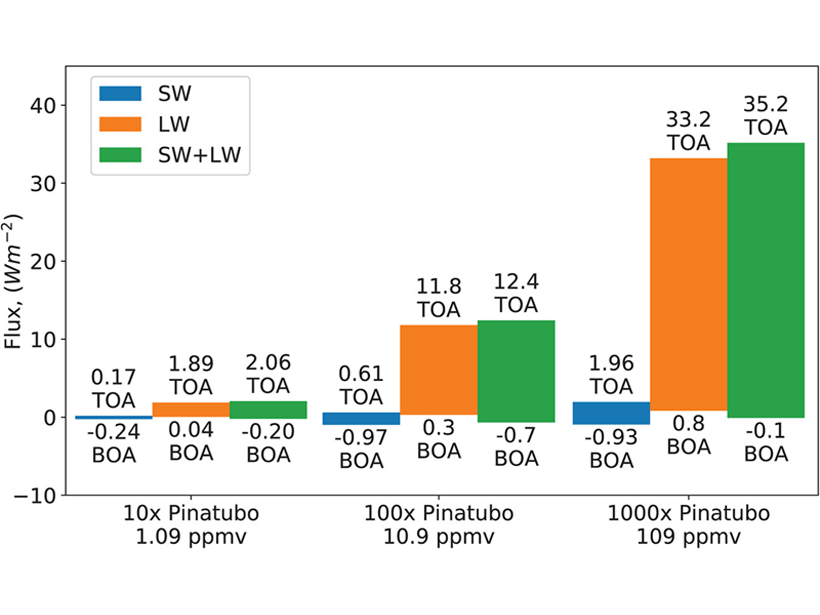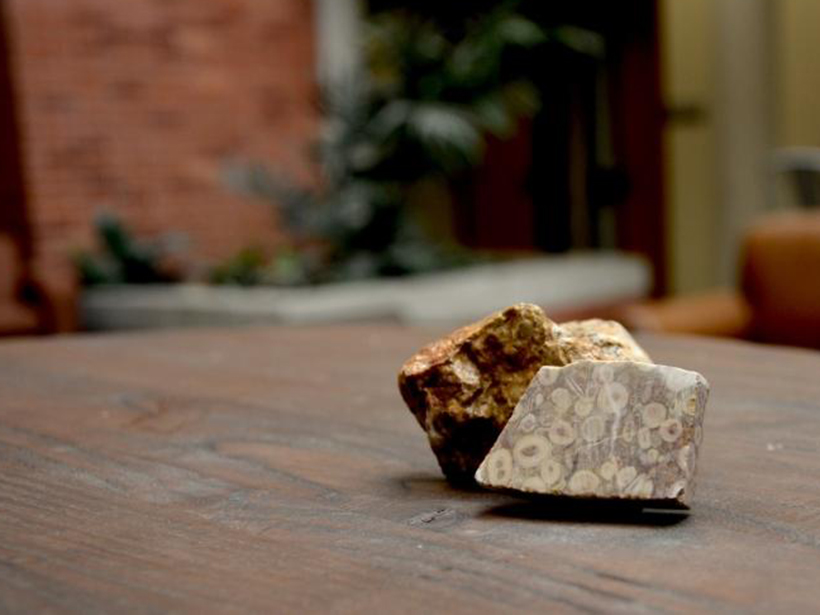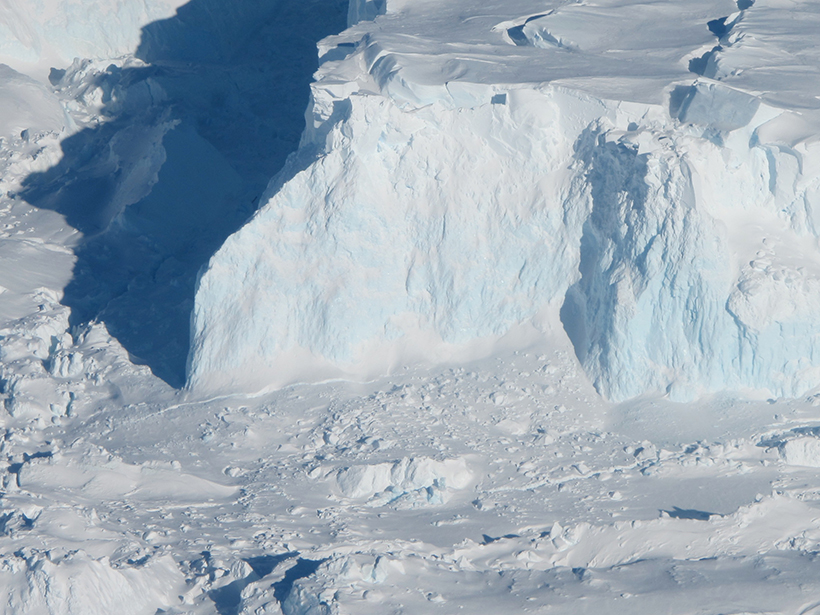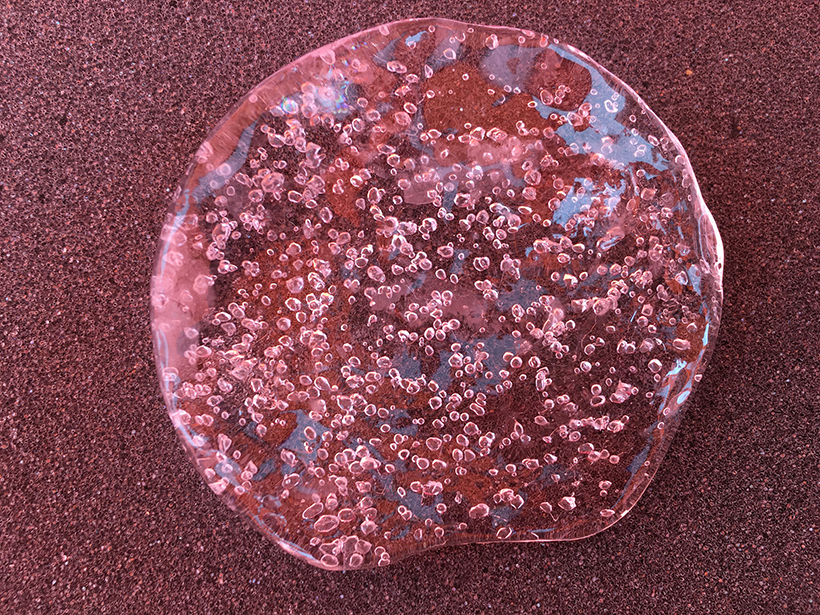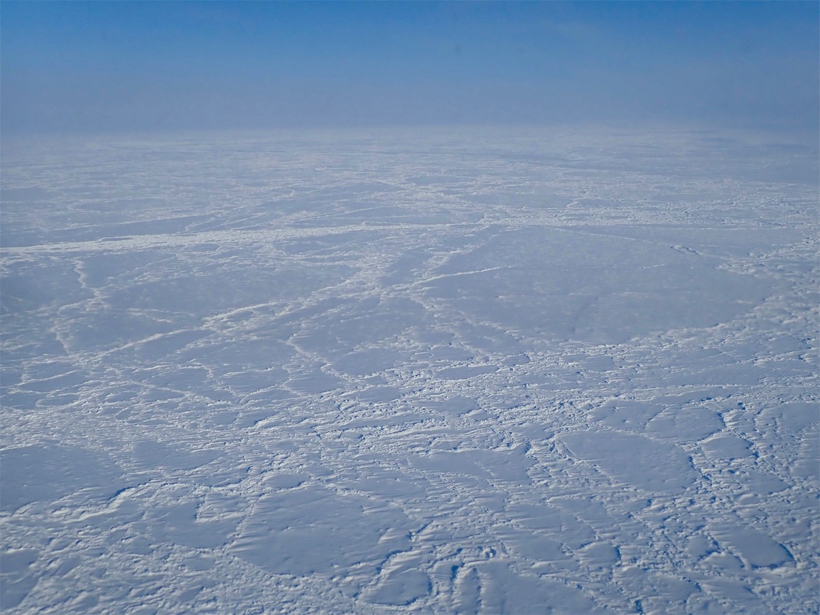Volcanoes can warm as much as they cool. Prior simulations have neglected the important warming effects of sulfur dioxide emissions, making some results colder than they should be.
paleoclimatology & paleoceanography
New England Forests Were Historically Shaped by Climate, Not People
A first-of-its-kind study combining paleoecology and archeology indicates that the New England landscape was not actively managed with fire prior to European arrival.
Sediments May Support the Mediterranean Megaflood Hypothesis
Millions of years ago, the Mediterranean Sea may have evaporated. A newly identified body of sediments could have been deposited by the giant flood that refilled the basin.
Dust in the Atmosphere May Have Fertilized the Ancient Ocean
New research investigates dust’s role in primary production during the Carboniferous and Permian periods.
An Ice Sheet’s Footprint on Ancient Shorelines
Researchers combine observations of ancient shorelines and properties of Earth’s crust to infer the size of the Laurentide Ice Sheet during the last glacial cycle.
Megadrought Helped Topple the Assyrian Empire
Paleoclimate records shed light on the ancient civilization’s meteoric rise and catastrophic collapse.
What Lies Beneath Is Important for Ice Sheets
New research reconstructing the topography of Antarctica shows that the continent has 25% less land above sea level than when ice first started to accumulate 34 million years ago.
Reconstructing 150 Million Years of Arctic Ocean Climate
A new summary of past Arctic climate conditions gives insight into anthropogenic influences on today’s climate and on the need for future drilling studies to further improve our understanding of the past.
Antarctic Ice Cores Offer a Whiff of Earth’s Ancient Atmosphere
Bubbles of greenhouse gases trapped in ice shed new light on an important climate transition that occurred about a million years ago.
Three Times Tectonics Changed the Climate
Fifty years after the birth of modern plate tectonics theory, a group of researchers highlights three key examples of how our planet’s shape-shifting outer layer has altered our climate.

